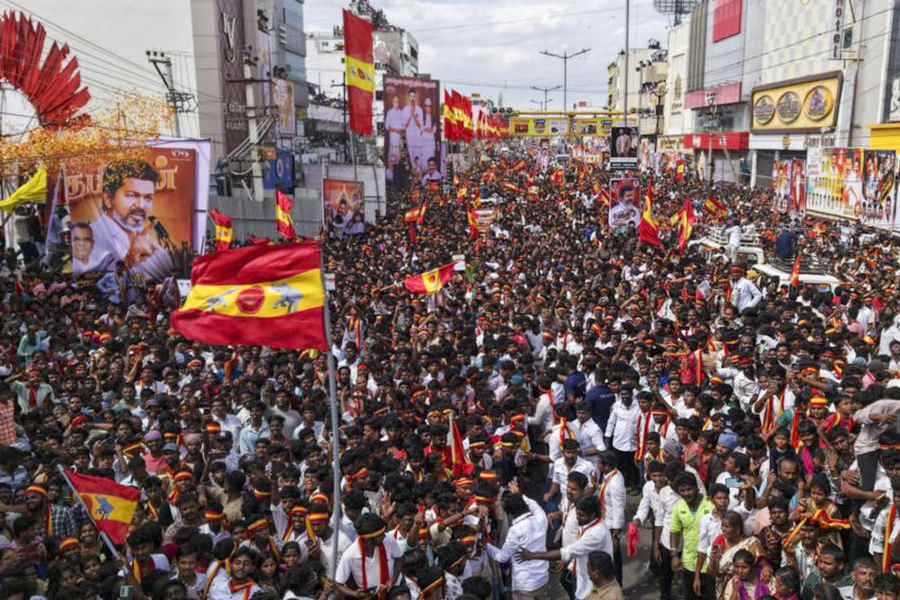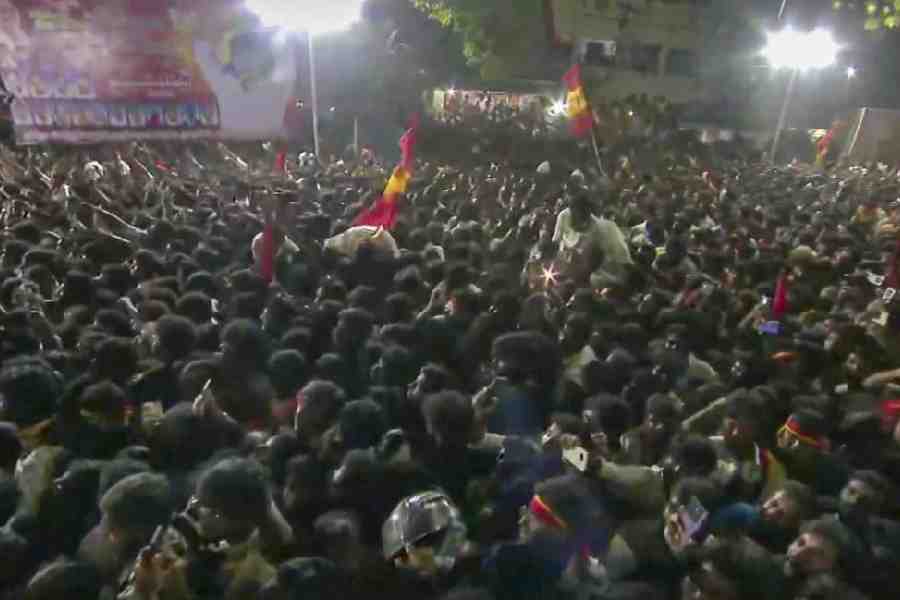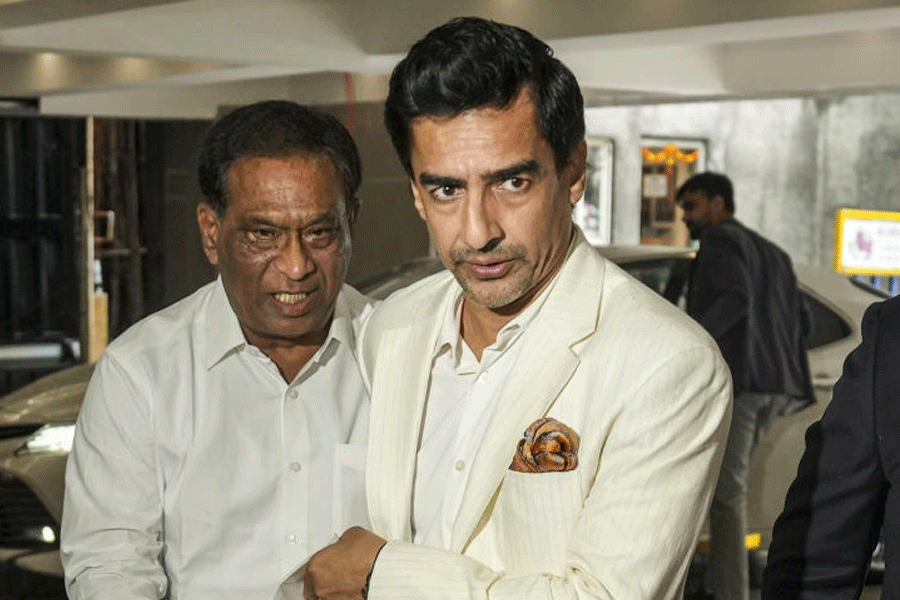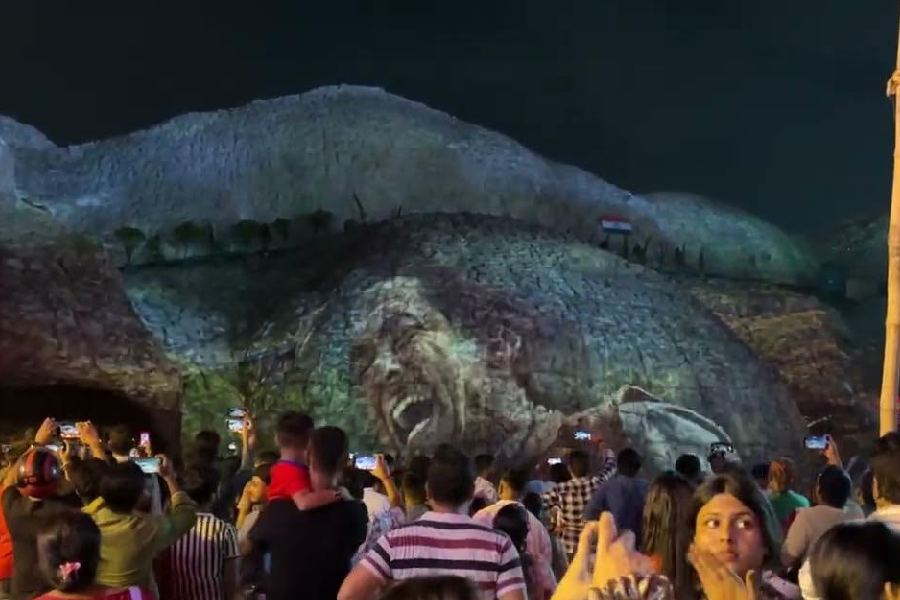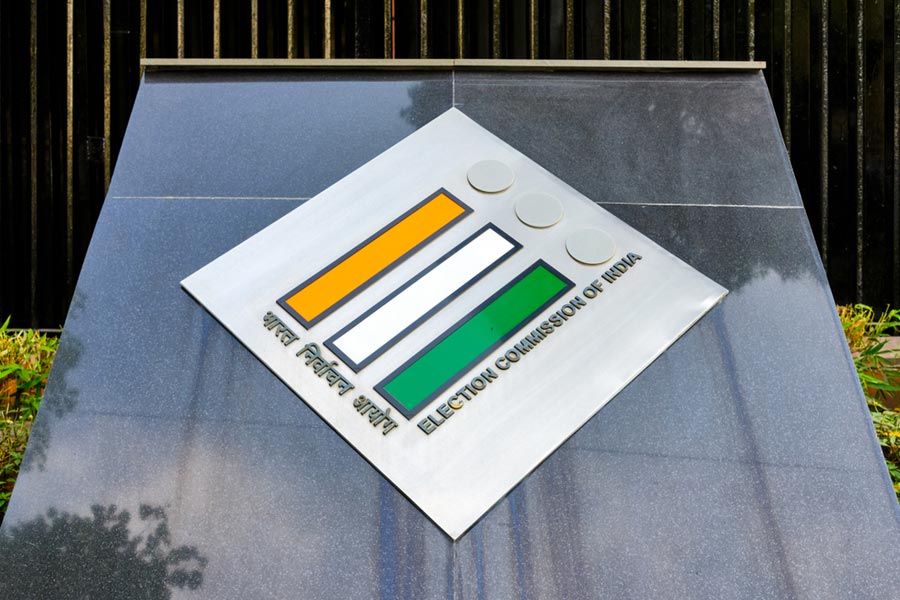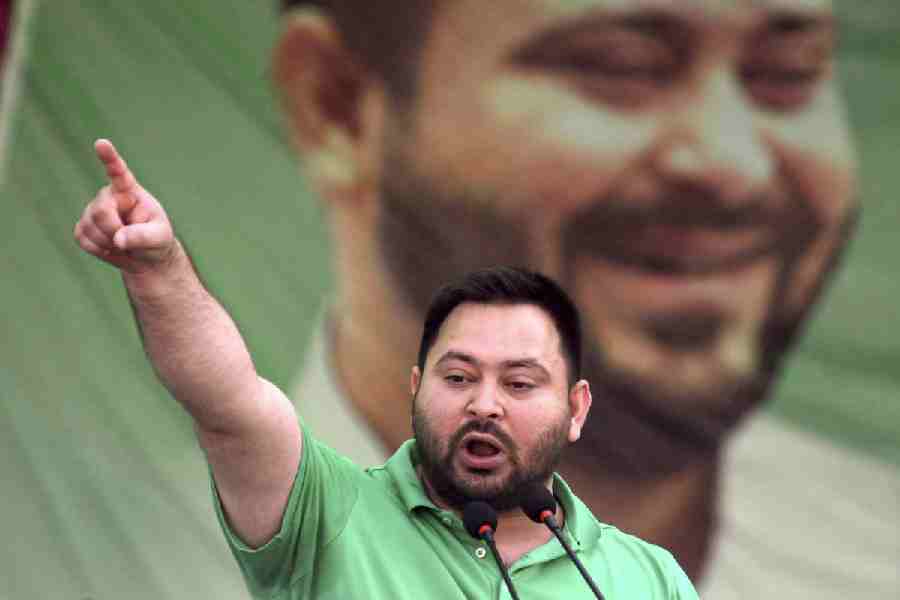 |
 |
| THEN AND NOW: Nripendra Narayan, the Maharaja of Cooch Behar (top) and his wife Sunity Devi attended Queen Victoria’s Golden Jubilee celebrations in 1887; (below) Raghav Raj Singh of Shivratri and his wife Shelja |
 |
At Queen Victoria’s Golden Jubilee in 1887, a line of Indian maharajas dressed elaborately in their turbans and jewels joined the royal procession in their carriages, to cheers from the crowds, who had never seen Indian princes before. They had been hand-picked for the occasion by the Viceroy, Lord Dufferin, and the secretary of state at the India Office, Lord Cross, at the special request of the Queen.
At Prince William and Kate Middleton’s wedding on Friday, Indian maharajas did not have quite such a thundering presence. Indian royalty was represented by the solitary presence of Raghav Raj Singh of Shivrati, a jagir of Udaipur, and his wife Maharani Shelja Kumari.
Singh has played polo with Prince William and Kate Middleton (or the Duchess of Cambridge as she will be called now), is a patron of their charity, the Shivrati Trust.
“We were absolutely delighted when we received the invitation,” says Singh. “It is a huge privilege to have been invited.”
Part of the Sisodia dynasty of Udaipur, Singh went to Mayo College, Ajmer, and Cheltenham College in the UK and attended St Stephen’s College in Delhi, completing his masters in business studies from Edinburgh Business School. The couple has a six-month-old son, Samar Singh. An international level polo player, Singh got to know Prince William through the polo circuit.
More than a 100 years ago, Queen Victoria made it a point to invite Indian royalty for state occasions like her Golden Jubilee and Diamond Jubilee. The reasoning was simple. The elaborate clothes, turbans and jewellery worn by the Indian princes and maharajas added colour to the occasion. It was a chance to put her Indian empire — the Jewel in the Crown — on display. The Maharaja and Maharani of Cooch Behar, Nripendra Narayan and his wife Sunity Devi, Pertab Singh, the brother of the Maharaja of Jodhpur, Sayaji Rao, Gaekwad of Baroda and his wife Chimnabai and the Maharaja of Kapurthala, were just some of the Indian royals who arrived for her Golden Jubilee celebrations.
Twenty-two-year-old Sunity Devi (grandmother of the late Maharani Gayatri Devi) became the first Indian queen to visit Britain. As she sat in her open coach and drove to Westminster Abbey, the crowds ecstatically asked her to lower her parasol so they could see her face. She obliged, writing later that it was one of the greatest moments in her life.
The times had, however, changed since Queen Victoria’s days. Unlike instructions from Queen Victoria’s court asking that the native princes must wear their national dress, the invitation from Queen Elizabeth II to Prince William and Kate’s wedding stated that the dress was to be either morning suits or lounge suits.
“I wanted to wear our traditional headgear, so I rang the palace and got the permission,” laughs Singh.
On the day he wore a traditional achkan from Mewar, with a red head-dress that he said had evolved from the seventh century.
“The turbans used to have long tails as well those days, but we wear them shorter now,” he explains. The turban had the royal insignia of the Shivrati family. Shivrati is a major branch of the Mewar (Udaipur) ruling family, the descendants of Maharaja Arjun Singh, fourth son of Maharana Sangram Singh II. The last ruling Maharana (Bhagwat Singh) of Udaipur was also from this house.
To complete Singh’s outfit was the traditional sash or cummerbund. On his neck the young maharaja wore a necklace with rubies and diamonds. The buttons on his achkan matched the necklace.
His wife, Shelja, chose a chiffon sari with delicate embroidery. The jewellery, including the jhumkas, nose ring and the necklace — made of diamonds, pearls and emeralds, were family heirlooms. Since the tradition in an English wedding is to wear a hat, especially if the Queen is present, Shelja said she would use her sari palloo to cover her head.
“It was magical,” says Singh, after the wedding ceremony. “It was like being in a fairytale movie — all the music and the fanfare. It was brilliant.”
 |
The couple was also invited to the reception hosted by the Queen at Buckingham Palace for 600 guests after the wedding. There were instructions on how to greet the Queen (curtseying would not be required and the Queen would shake hands), and how to address her (“Your Majesty” for the first time and then “Ma’am” in subsequent conversations).
The only other British Indians invited to the wedding as friends of the family were Kate’s local grocery store owners from the village of Bucklebury — Hash (Hasmukh) and Chan (Chandrika) Shingadia.
Prince Charles had invited the dabbawalas of Bombay to his wedding with Camilla Parker Bowles. He had also invited British Asian celebrities like the actor Sanjeev Bhaskar and his wife Meera Syal. There were, however, no Indian celebrities at the William and Kate wedding. The only other Indians were there in their official capacity — the Indian High Commissioner Nalin Surie and his wife Poonam Surie, the Commonwealth secretary general, Kamalesh Sharma and his wife Babli Sharma. Faith leaders from the Hindu Council, the Sikh Network and the Jain Mahasabha made the exclusive list of 1,900 guests at Westminster Abbey.
It was left to the young Maharaja of Shivrati and his wife to fly the flag for the Indians.


